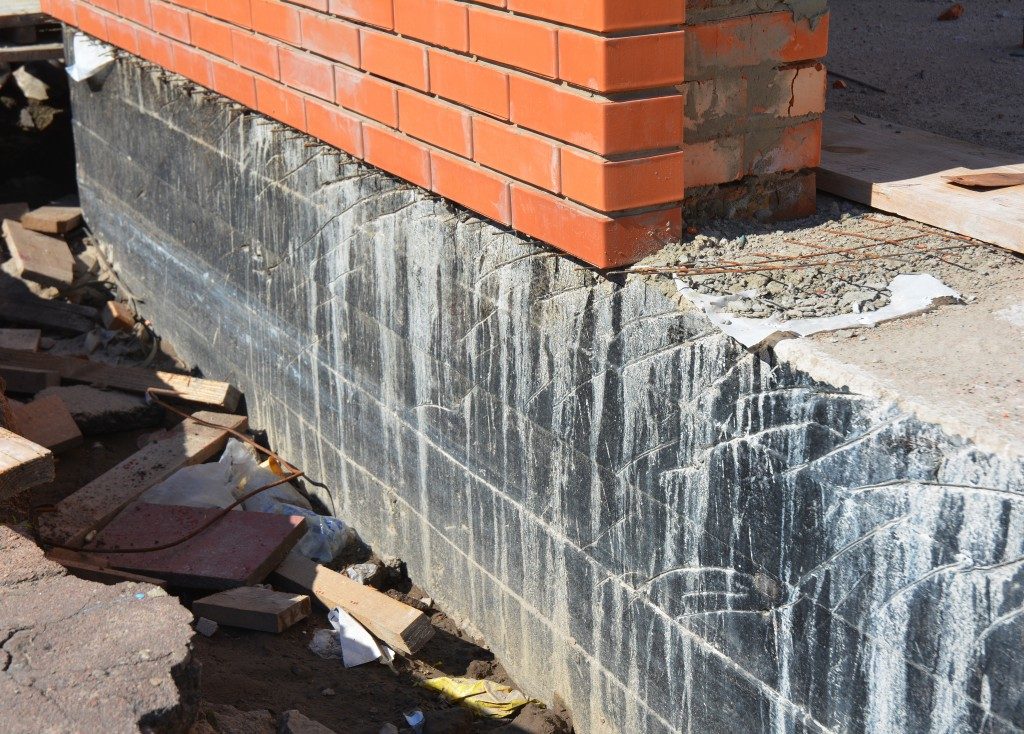The construction of a house is an elaborate process that consists of numerous procedures. Accordingly, ensuring good quality in the nitty-gritty aspects of a building project is indispensable to make sure that the structure is sturdy and hardwearing.
In line with that, a critical step in building a house is the construction of its foundation. The foundation pertains to a structure that serves as the level base on which the house will be built. It’s highly crucial for the foundation to be leveled and built properly because a weak foundation can lead to multiple issues like settlement problems, bowing, cracking of walls, and higher risks of water penetration.
Aside from the process itself, it’s vital that you select a high-quality and durable material. Some good options include stone, concrete, and timber. In this guide, we’ll discuss the benefits and attributes of each one.
-
Stone
The use of natural stone in architecture can be traced back to several thousands of years ago. Its primary characteristics include remarkable compressive strength, durability, local availability, and affordability.
Stone foundations work superbly against the penetration of water and other fluids due to their thickness. In fact, when water permeates the cracks, it only reaches the mass masonry and eventually evaporates without harming the structure. As for stone’s compressive strength, it allows the material to be piled up and squeezed together without crushing the bottom layer, making a solid and dense foundation. Lastly, stone’s durability is all thanks to its composition which unlike bricks, aren’t hollow inside.
-
Concrete
A concrete foundation is similar to a stone structure when it comes to sturdiness and compressive strength, but it requires less skilled labor and is much faster to build. Moreover, concrete is highly versatile in terms of design and can take on practically any shape and form. It’s intensely resistant to water due to its density and joint-free construction. The chances of growing molds and mildew are also lower.
Furthermore, block and poured concrete in Salt Lake City houses are known to be fireproof. When combined with the ability of chemical resistant coatings, these can repel acids and alkalis effectively. Lastly, concrete doesn’t necessitate a lot of maintenance so you can cut down costs in the long term while being assured of its amazing life span.
Concrete is a popular choice of material for numerous residential and commercial buildings. Some wonderful concrete structures in the United States include The Pentagon in Arlington, Virginia, Hoover Dam in the Black Canyon of the Colorado River, and Eccles Theater in Salt Lake City, Utah.
-
Timber Frame
A timber frame is an ancient art that entails manually connecting rafters, posts, braces, and beams. The tools used for setting up the network are chisels, pegs, and mallets. This nail-free engineering method was extensively practiced in traditional Scandinavian and German woodworking traditions. In the earlier centuries, it was also applied immensely in constructing structures all over Asia, the British Isles, and the Francophone regions.
In today’s timber-framing industry, manufacturers incorporate high-tech methods to create prefabricated homes that shorten the duration of construction, which in turn decreases labor costs. Additionally, timber is much cheaper and has a lower environmental impact than steel or bricks. It has been widely acclaimed for being a renewable and eco-friendly resource. As for its long-term benefits, it can help save on energy bills because it provides enhanced insulation during seasons with extreme temperatures. Another plus is its density allows for a soundproof environment.
The Takeaway

The foundation of a house accounts for its overall sturdiness. To make sure that your home will last long, be keen on selecting the main material for its foundation.
